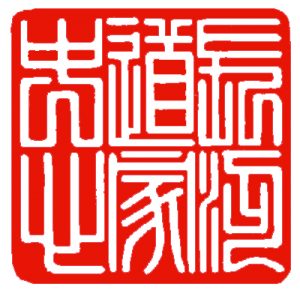Our special classes on Chinese swordsmanship focus on the historically accurate use of the sword with emphasis on basic cuts, partner drills and free-play (sparing).
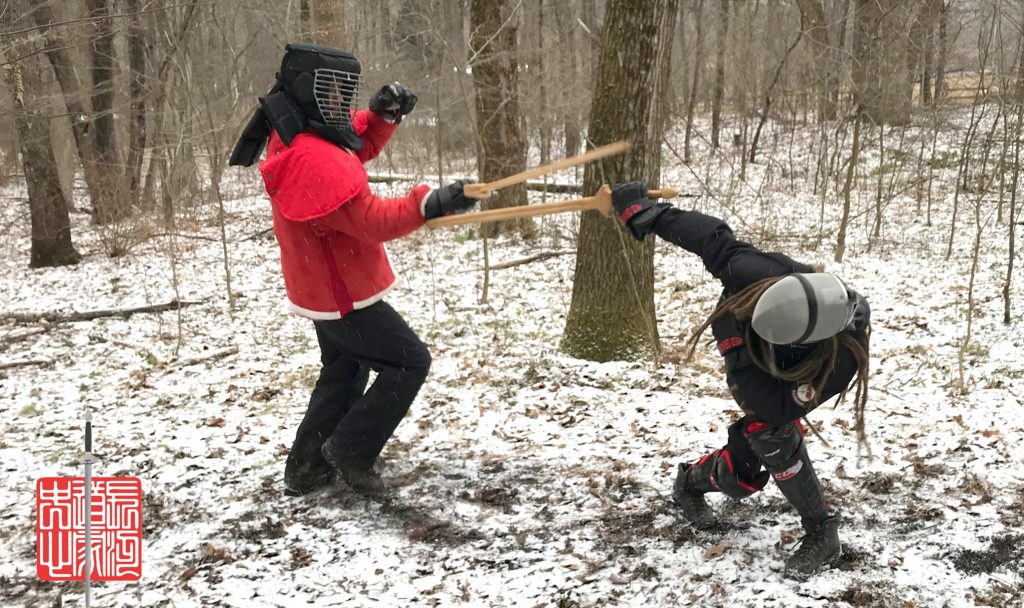
Our curriculum is based on training the skills and basic cuts handed down within the Xingyi and Bagua systems, however this is not a program exclusively in Xingyi or Bagua, but rather in Chinese swordsmanship. Most of the cuts and other skills that are taught within this lineage are techniques that are common throughout all styles of Chinese swordsmanship. Unfortunately, most other contemporary practitioners of Chinese swordsmanship focus on forms or personal cultivation, often at the expense of practical martial application.
Jiàn ~ 劍

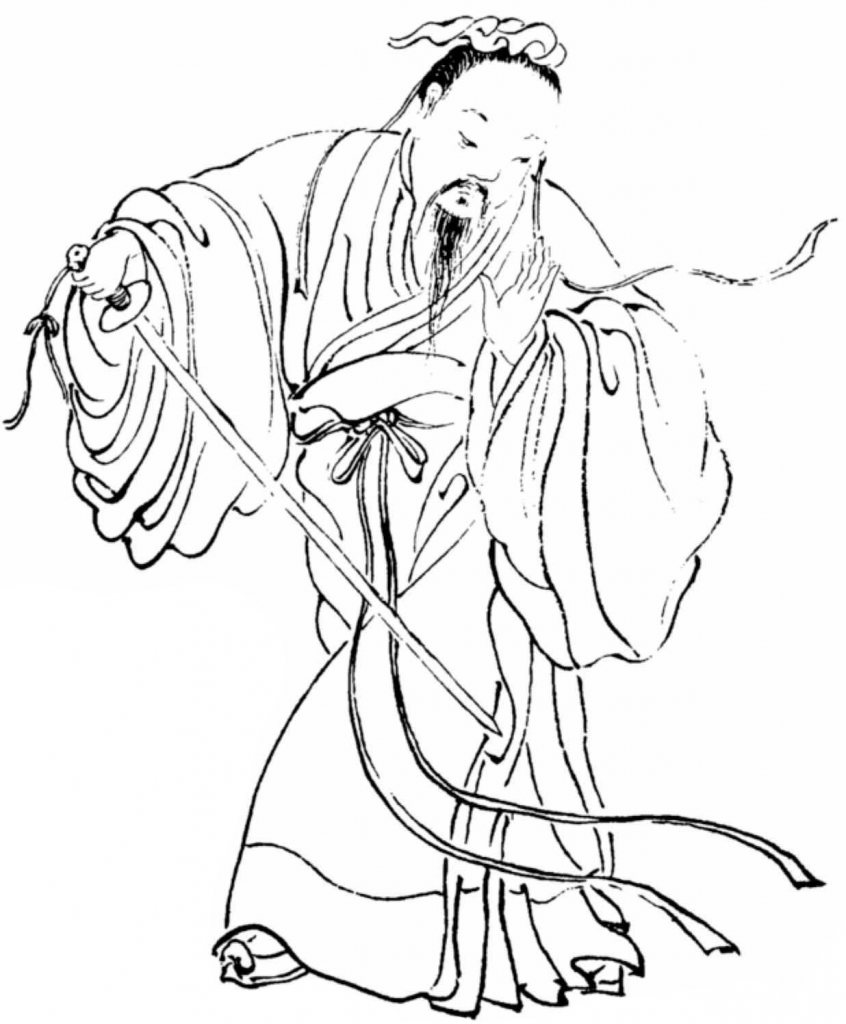
Jiànfǎ 劍法 – Way of the Sword
Jiànshù 劍術 – Sword Art
The jian 劍 is a double-edged straight sword used in China since ancient times. In practice it is said to move like a swimming Dragon. Sometimes called Wudang sword, in folklore it is known as “The Gentleman of Weapons” and is considered one of the four major weapons, along with the Gùn (staff), Qiang (spear), and the Dao (sabre). Practitioners are referred to as jiànkè 剑客 literally: ‘sword guests’ or “swordsmen”.
Dāo ~ 刀

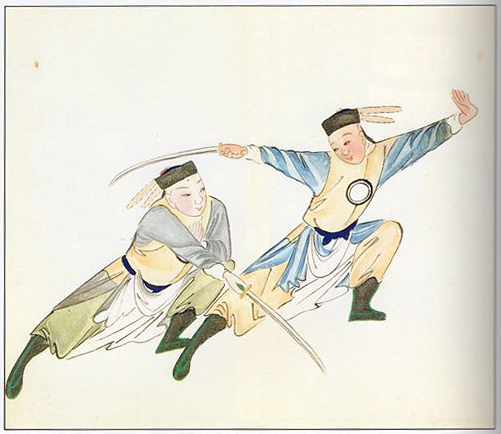
In Chinese, the word Dao 刀 can be applied to any single-edged blade, often referring to knives. Within the Chinese martial arts, the Dao is known as the “General of Weapons”, and usually refers to a single-edged, curved, single-handed sabre.
The Dao is said to attack like a “crashing tiger”.
Miao Dao ~ 苗刀

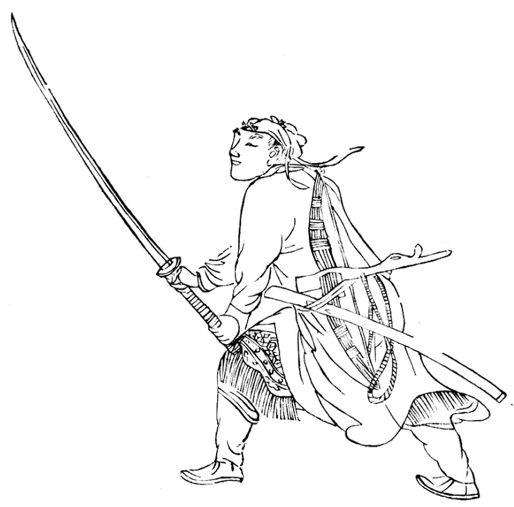
Two-Handed Sabre
In addition to the single hand Dao, the Academy is also pleased to offer instruction in the Dan Dao (單刀) or Miao Dao (苗刀) a two-handed saber of the Ming Dynasty, with a narrow blade of about 33-48″ and a long hilt. Dan Dao means “single sabre”, while Miao Dao means “sprout saber”, presumably referring to a likeness between the weapon and a newly sprouted plant. With the dadao, miaodao were used by some Chinese units as late as WWII.
Qiāng ~ 槍

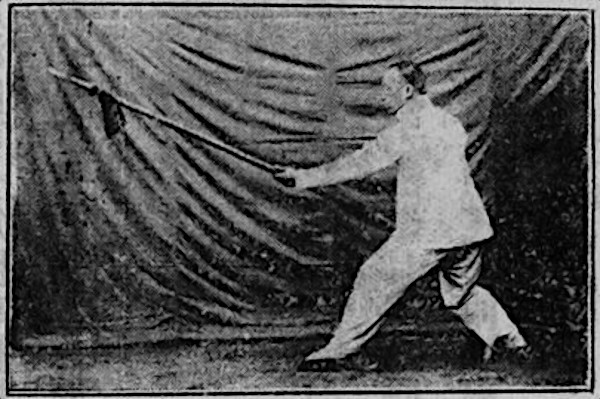
The art of fighting with the Qiāng (spear) 槍 provides the foundation of the art of Xingyiquan. It is one of the oldest and most powerful weapons used by Chinese soldiers, and is known as the “King of All Weapons.”
Learn more…
Gùn ~ 棍
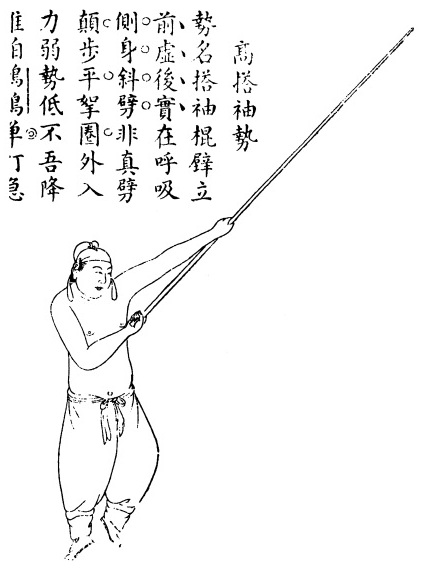
The Gùn 棍 (staff) is a long pole weapon used in Chinese martial arts. It is known as the “Grandfather of all Weapons“. The traditional gun is typically about 6-8′ long, thicker at the base and thinner near the tip. Modern training staffs are often made from waxwood, but hardwood is always used for combat.
武當派 (Pinyin: Wǔdāng Paì, Wade–Giles: Wu-tang P’ai) also known as Wudang quan (Wutang chuan; 武当拳; pinyin: Wǔdāng Quán; Wade–Giles: Wu-tang Ch’üan) or “Wudang fist” is one of two major groups of Chinese martial arts: Wudang (Wutang), named after the Wudang Mountains; and Shaolin, named after the Shaolin Monastery.
The Shaolin school includes many martial art styles, Wudangquan includes only a few arts that share the common practice of using the focused mind to control the waist and through it, the body; these typically include Xingyiquan, Baguazhang, Taijiquan, and sometimes Bajiquan and Wudang Sword.
Wudangquan is often used synonymously with Neijia (內家; literally: “internal school”), but strictly speaking Neijia is a broader term which may also encompass, for example, Aikido and Qigong, which are not Wudangquan.

